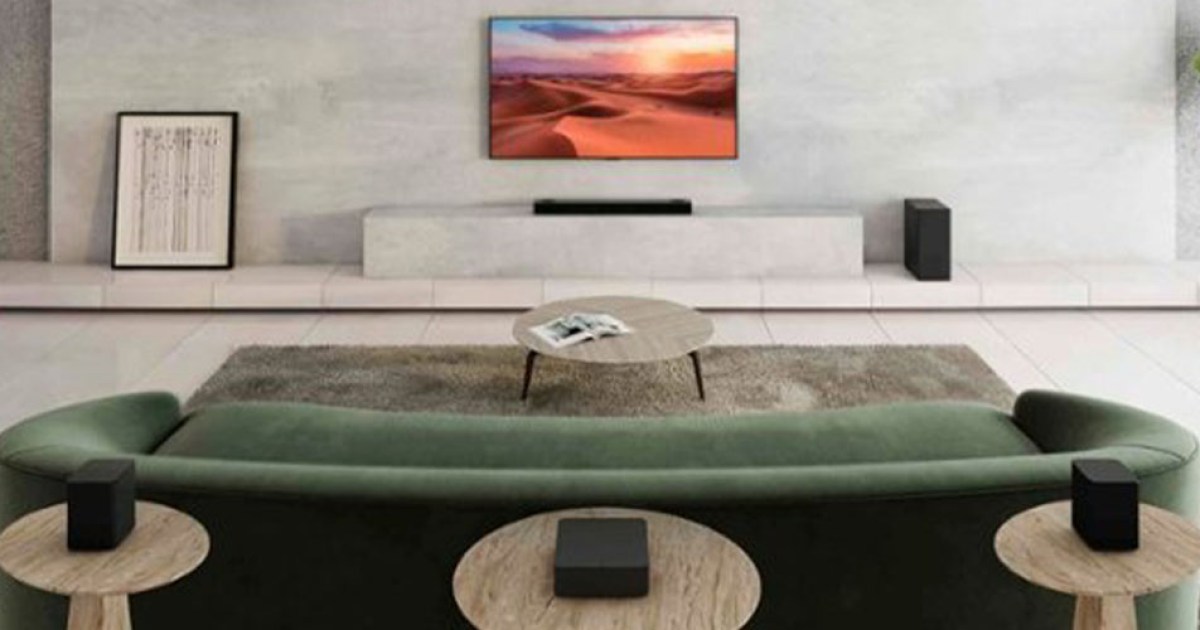It's not that is bad, but I think I had too much expectations for it. I was expecting to be blown away by HDR, but I wasnt.
I think QLEDs are better for it, they have better contrast (the smaller ones without angle improving tech) and better color gamut, but worst color accuracy.
Fuck, you really cant have it all T_T
I actually bought 4 tvs last year (returned 2). 1 OLED (B Series), 1 65" 950G and a 55" QLED 75R (Costco variant). I ended up buying the 2018 Q8 and returned it for the 950g. I am not a fan of Samsung TVs at all for movies. The QLED ended up being my game room TV as I don't watch a lot of TV there and I ended up returning the 2018 OLED due to just not being blown away by the HDR and felt the lag was a little more then I was used to. I think the B series isn't the one to get if you are buying an OLED.
The 950G is amazing but it has problems. I don't mind the haloing as much and it can be mitigated by turning down the local dimming. It also tends to have that dirty screen effect when nothing is displaying. But once video signal is being pumped in, its fine. I really wish that I got two of them if I am completely honest. The main reason I got the QLED is because of the OSSC which lost compatibility with my previous Sony after a firmware update.
My Samsung has never been updated and I intend to keep it that way. Also, some may ask why I didn't buy a higher end OLED instead of the Sony and my answer is people in my house tend to watch the same things and I don't really want a Disney logo burned into the corner of the tv.
Sony 950G
Downsides: Dirty screen effect, Haloing, and doesn't support VRR, out the box settings aren't great. Poor viewing angles.
Upside: It has great HDR. Everyone who watches movies at my house is usually blown away. I really spent a lot of time calibrating the TV and it certainly does not ship from the factory that way. Low Lag and supports dolby vision
Samsung Q75R
Downsides: Motion handling isn't as smooth,menus are slow, the gaming options really make the screen look like a mess; kind of like overclocking a PC monitor. Lots of Ghosting. Can't turn off some automatic black adjusting it does. Xbox HDR looks not as good as the on the 950g. Also has poor viewing angles.
Upsides: Low Lag, Works with all my retro and modern stuff. Freesync for XBOX and future consoles.
I really see myself replacing the Samsung QLED when HDMI 2.1 TVs are in the market. I am very happy with the 950G and I see myself using that for at least 4-5 years.







